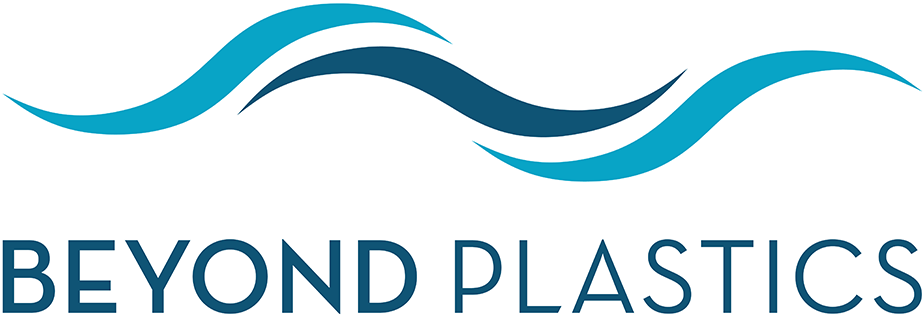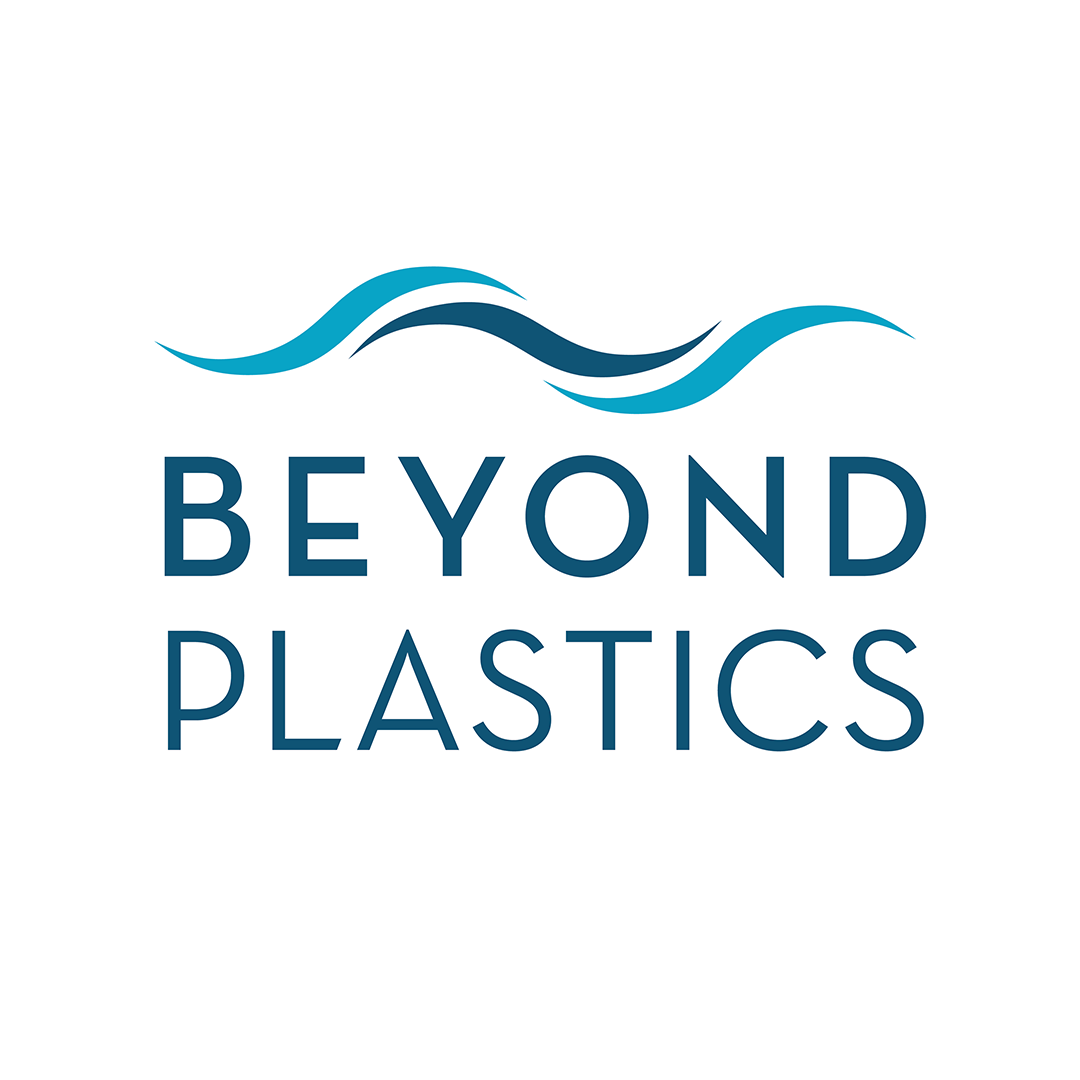Plastic Reduction Legislation Picks Up Momentum, Secures Majority of Assembly Support
For Immediate Release: May 2, 2025
Contact: Marissa Solomon, marissa@pythiapublic.com, 734-330-0807
ALBANY, N.Y. — This week, the Packaging Reduction and Recycling Infrastructure Act (S1464 Harckham/A1749 Glick) picked up even more support, securing a majority of Assembly members (76) as co-sponsors. The legislation is picking up momentum in the Senate too, with 29 co-sponsors.
“Instead of spending hundreds of millions every year to bury and burn waste at polluting landfills and incinerators, New Yorkers could save a whopping $1.3 billion in just one decade with the Packaging Reduction and Recycling Infrastructure Act. It’s a responsible policy, and New Yorkers across the political spectrum have made it resoundingly clear that they support it. We are calling on lawmakers to pass the Packaging Reduction and Recycling Infrastructure Act this year, and put plastic polluters — not New Yorkers — on the hook to pay for these costs,” said Judith Enck, Beyond Plastics president and former U.S. Environmental Protection Agency regional administrator.
This new support comes just after a new Siena poll showed that New York residents overwhelmingly support state policies to reduce single-use plastic packaging in New York. Seventy-three percent think big companies should be required to reduce packaging on their products, as proposed in the Packaging Reduction and Recycling Infrastructure Act. Highlights from the poll:
Bipartisan support for the Packaging Reduction and Recycling Act: 80% of Democrats think companies should be required to reduce packaging on their products, in addition to 62% of Independents and 60% of Republicans.73% of suburban and upstate residents support the Packaging Reduction and Recycling Infrastructure Act. 72% support in NYC.68% of Black New York residents and 67% of Latino residents support the legislation.
Last month, a new report demonstrated the significant savings that would come from passing the Packaging Reduction and Recycling Infrastructure Act. Taxpayers and private hauler customers would save $1.3 billion in just one decade by reducing packaging.
BACKGROUND
The Packaging Reduction and Recycling Infrastructure Act (S1464 Harckham/A1749 Glick) will transform the way our goods are packaged. It will dramatically reduce waste and ease the burden on taxpayers by making companies, not consumers, cover the cost of managing packaging. The bill will:
Reduce plastic packaging by 30% incrementally over 12 years;By 2052, all packaging — including plastic, glass, cardboard, paper, and metal — must meet a recycling rate of 75% (with incremental benchmarks until then);Prohibit 17 of packaging’s worst toxic chemicals, including all PFAS chemicals, vinyl chloride, lead, and mercury;Prohibit the harmful process known as chemical recycling to be considered real recycling;Establish a modest fee on packaging paid by product producers, with new revenue going to local taxpayers; and Establish a new Office of Inspector General to ensure that companies fully comply with the new law.
Because the Packaging Reduction and Recycling Infrastructure Act would save tax dollars, over 30 localities across the state have passed resolutions urging Albany leaders to pass the bill. The New York City Council passed a resolution in support, and the Mayor’s Office released a memorandum of support in favor of the legislation. More than 300 organizations and businesses — including Beyond Plastics, Hip Hop Caucus, NAACP, Hudson River Sloop Clearwater, League of Women Voters, Environmental Advocates, NYPIRG, Earthjustice, Blueland, and DeliverZero — issued a memo of support stating, “This bill would save tax dollars and position New York as a global leader in reducing plastic pollution.”
Plastics and Climate
Plastic production is warming the planet four times faster than air travel, and it’s only going to get worse with plastic production expected to double in the next 20 years. Plastic is made from fossil fuels and contains 16,000 chemicals, many of them known to be harmful to humans and even more untested for their safety. Most plastics are made out of ethane, a byproduct of fracking. In 2020, plastic’s climate impacts amounted to the equivalent of nearly 49 million cars on the road, according to a conservative estimate by Material Research L3C. And that’s not including the carbon footprint associated with disposing of plastic.
Plastics and Health
Less than 6% of plastic in the United States actually gets recycled, and only 9% of all the plastic waste ever generated, globally, has been recycled. The rest ends up burned at incinerators, buried in landfills, or polluting rivers and the ocean — an estimated 33 billion pounds of plastic enter the ocean every year.
Plastic is being measured everywhere, and microplastics are entering our soil, food, water, and air. Scientists estimate people consume, on average, hundreds of thousands of microplastics per year, and these particles have been found in human placenta, breast milk, stool, blood, lungs, and more.
Scientific research continues to find that the microplastics problem is worse than previously thought: New research in the New England Journal of Medicine shows that microplastics are linked to increased heart attacks, strokes and premature deaths. Another new study from Columbia University found that bottled water can contain hundreds of thousands of plastic fragments.
Why Chemical Recycling Isn’t a Solution
Because plastics recycling is a failure, the plastics and petrochemical industries are now pushing a pseudo-solution: chemical recycling, or “advanced recycling.” This is a polluting process that uses high heat or chemicals to turn plastic waste into fossil fuels or feedstocks to produce new plastic products. It’s a dangerous distraction that’s allowing companies to exponentially increase the amount of plastic — and greenhouse gases — they put into the world. Learn more from Beyond Plastics’s report, “Chemical Recycling: A Dangerous Deception.” These New York bills do not ban chemical recycling but simply do not allow chemical recycling to count as real recycling.
###

